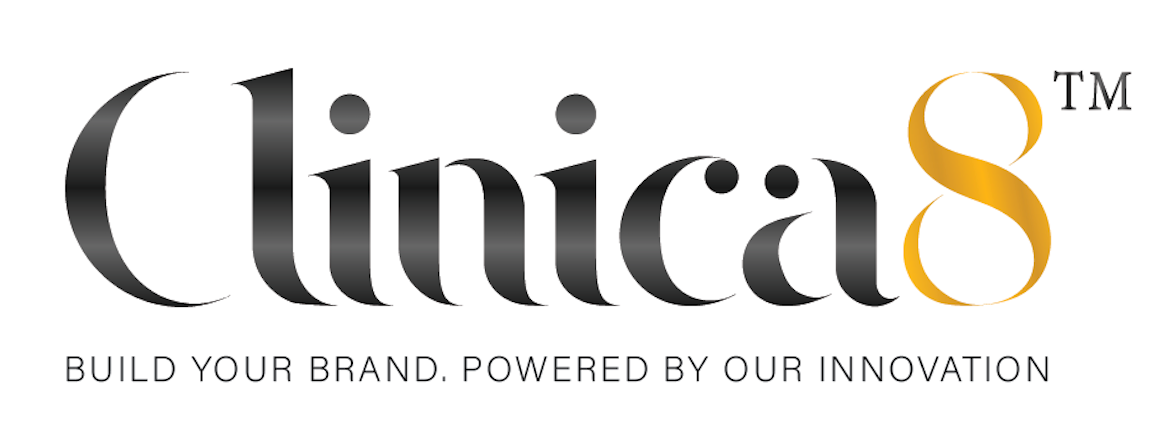5 Essential Anti-Aging Ingredients Every Private Label Serum Must Have
Discover the clinically-proven powerhouse ingredients that make anti-aging serums effective. Learn how to incorporate retinol, vitamin C, peptides, and more into your private label formulations for maximum results and customer satisfaction.
M. Basi
Partner

Anti-aging serums represent the fastest-growing segment in the skincare market, with global sales exceeding $8.2 billion in 2024. However, not all serums deliver the promised results. The key to creating an effective anti-aging serum lies in selecting the right combination of clinically-proven active ingredients that target visible signs of aging.
The first essential ingredient is retinol, often called the gold standard of anti-aging. Retinol accelerates cell turnover, stimulates collagen production, and helps fade dark spots and fine lines. For private label formulations, consider using encapsulated retinol to improve stability and reduce irritation. Start with concentrations between 0.25% and 1% depending on your target market's experience level.
Vitamin C stands as the second crucial component, offering powerful antioxidant protection while brightening skin and supporting collagen synthesis. L-ascorbic acid provides the most potent results, but magnesium ascorbyl phosphate or sodium ascorbyl phosphate offer better stability for longer shelf life. Optimal concentrations range from 10% to 20% for maximum efficacy.
Peptides represent the third essential ingredient category, with different types targeting specific aging concerns. Copper peptides promote healing and collagen production, while acetyl hexapeptide-8 (often called "Botox in a bottle") helps relax facial muscles to reduce expression lines. Palmitoyl pentapeptide-4 stimulates collagen and elastin production for improved skin firmness.
Niacinamide, also known as vitamin B3, serves as the fourth critical ingredient. This versatile active improves skin texture, reduces pore appearance, regulates oil production, and strengthens the skin barrier. It's particularly valuable because it's well-tolerated by most skin types and works synergistically with other anti-aging ingredients. Use concentrations between 5% and 10% for optimal results.
The fifth essential ingredient is hyaluronic acid, a powerful humectant that can hold up to 1,000 times its weight in water. This ingredient provides immediate plumping effects while supporting long-term skin hydration. Use a combination of different molecular weights—low molecular weight for deeper penetration and high molecular weight for surface hydration and immediate plumping effects.
When formulating anti-aging serums, consider ingredient compatibility and pH requirements. Some combinations, like vitamin C and retinol, are best used in separate products or at different times of day. Always conduct stability testing to ensure your formulation maintains potency throughout its shelf life.
The most successful anti-aging serums combine multiple mechanisms of action while remaining gentle enough for daily use. Focus on creating formulations that address the primary concerns of your target demographic while maintaining product stability and user experience.

